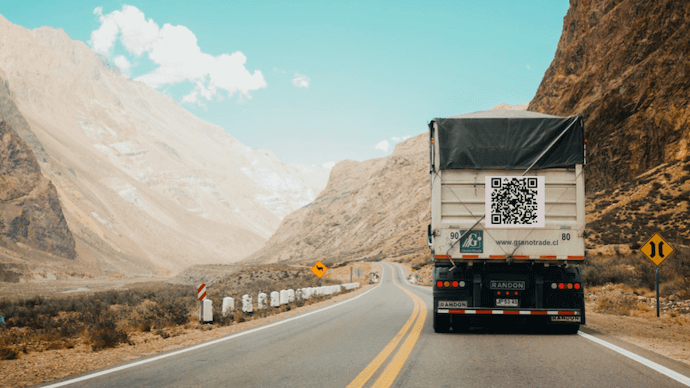You are probably a transportation business or service. And you make it easier for your customers to travel or transport goods.
You are now thinking of taking your services a step ahead by providing a better customer experience.
And you’ve seen many industries using QR Codes to do the same. So you’re thinking about exploring the scope of using QR Code technology in your business. And you are right.
These 2D barcodes store information. And unlike traditional barcodes, they don’t store limited information. They can store a lot more information than barcodes. Hence, they are being used for a wide variety of use cases across different industries.
For example—from payments and marketing to education, QR Codes do it all.
And there is a lot that QR Codes can help you with. For example—making the ticketing process better, tracking your shipments, and helping you rent vehicles. Wondering how? Keep reading to know.
A. For ticketing in public transports
You would have probably traveled in public transport such as city buses and trains. And you know it is a common practice for commuters to face issues such as missing their bus or getting the wrong arrival time from the internet. Hence, passengers have to face inconvenience.
But QR Code technology can help tackle these issues effectively. In fact, it is already being used to do this across many parts of the world.
1. To make boarding and payments faster
QR Codes can help passengers buy bus and ferry tickets quickly. In Bonifacio Global City (BGC), passengers can pay for their bus fare using a QR Code.
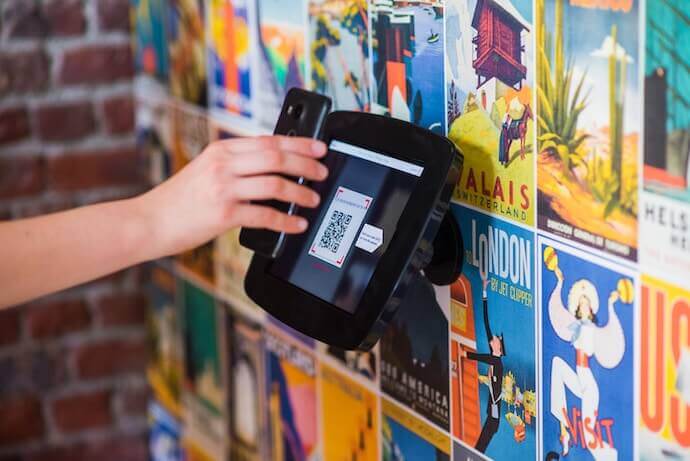
Here’s how it works:
a. Passengers need to install the GCash app on their smartphones. And at the ticket counter, they need to open this app
b. Next, they click Pay and generate a QR Code
c. Then, they scan this QR Code at the QR Code reader before boarding the bus
d. The fare gets deducted from the app and ticket gets printed
This way, boarding the bus becomes a faster process and passengers get convenient options to make payment via digital wallets.
In a similar attempt to make the transit system better, Ottawa, Canada, is using QR Codes.
They print a QR Code on every transfer. Passengers can scan these QR Codes themselves on boarding the bus. Hence, they don’t need to show the transfer to the driver. That means less work for both passengers and drivers.
2. To keep a track of transportation schedules
Missing your bus due to wrong information about its timing is common. But not in Belgium anymore.
Antwerp, a port city in Belgium, is using QR Codes to solve this issue. It enables the commuters in the city to keep an eye on the arrival of their bus or tram using Dynamic QR Codes.
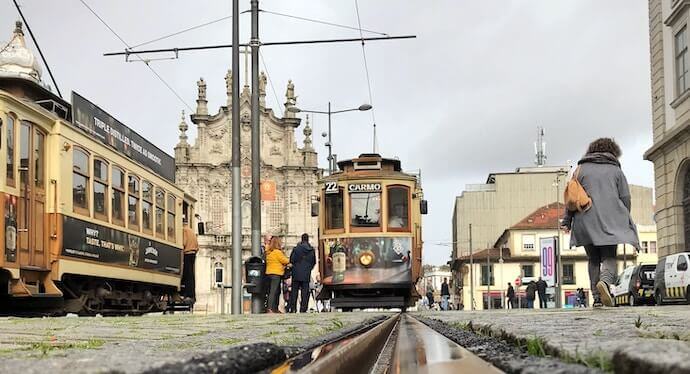
To test the acceptance of QR Codes, authorities put up 350 QR Codes at stations and stops. These QR Codes saw 3,510 scans in May, 4,956 in June, and 10,900 in July. That means an increase of about 210%.
Hence, we can say—since QR Codes are easy-to-use and provided an easy solution for a common issue, people accepted them easily. And these QR Codes helped many commuters avoid the risk of missing their buses and trams.
B. For shipping and inventory tracking purposes
1. Shipping of goods
Damage and loss is a major challenge with goods while transporting and shipping. Earlier, operations managers had to call the workers to ensure safe dispatch and delivery of goods.

But that’s not the case anymore. QR Codes have actually automated the entire process.
Shipping companies add QR Codes to the packagings of their shipments. Each one of these QR Codes can be scanned at each step of their journey. For example—while goods leave the inventory, while they are in transit, and when they are finally delivered.
With the QR Code’s GPS location tracking feature, you can easily track the whereabouts of the goods.
2. Inventory tracking
QR Codes were originally developed for the purpose of inventory tracking in 1994. And it continues to be one of their major use cases till today. How?
It’s unlike the earlier scenario where the inventory in-charge had to be physically present to confirm check-in or check-out.
Now, they can simply put a QR Code on each item. And workers can scan it to maintain a log of the shipment details. This way, shippers can efficiently monitor details such as the location of shipments and their log information.
C. For passenger safety during transportation
You would have probably seen QR Codes to make payments while traveling in cabs. But that’s not their only use case here. How?
Say you’ve hired a cab to reach your destination. And the driver takes the vehicle via a suspicious route. Or indulges in some other suspicious activity. Or you have forgotten your belongings in the vehicle.
A QR Code can make transportation safer for passengers in such critical situations. In fact, they are already being used for this use case across some cities in the world.
In Mumbai, India, the Government decided to put up QR Codes inside taxis and auto-rickshaws.
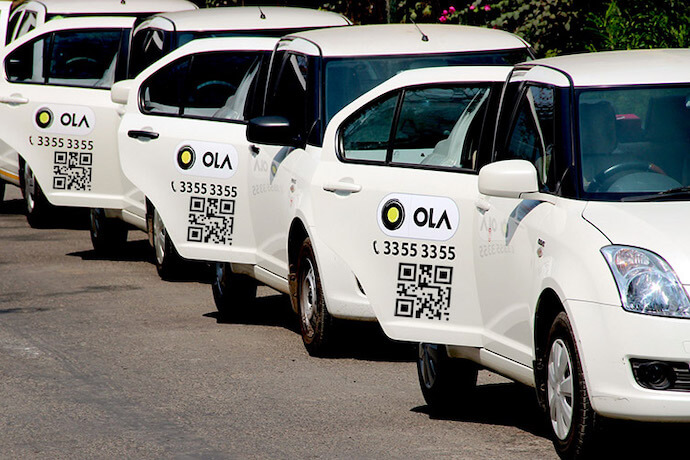
On scanning it, it will show information such as driver’s contact number, license permit, and vehicle details.
It also gives users the option to call the cops in case of an emergency. In addition, it also allows passengers to file an FIR with the police.
In a similar attempt to make public transport safer, India’s Hyderabad used QR Codes in a similar way.
D. For helping people rent vehicles easily
You know about taxi apps such as Uber and Lyft. They help you book a ride to travel to your destination.
But in large cities, traveling by car can be a pain especially due to traffic jams. And in such scenarios, traveling by bicycle is a good option especially if you have to travel nearby.
In fact, if you do not own a bicycle, you can easily rent one to commute. And that’s just what bike rental companies do. They help you rent bicycles and use them whenever and wherever you want.
But did you know that many leading bike rental companies are using QR Codes to lend bikes?
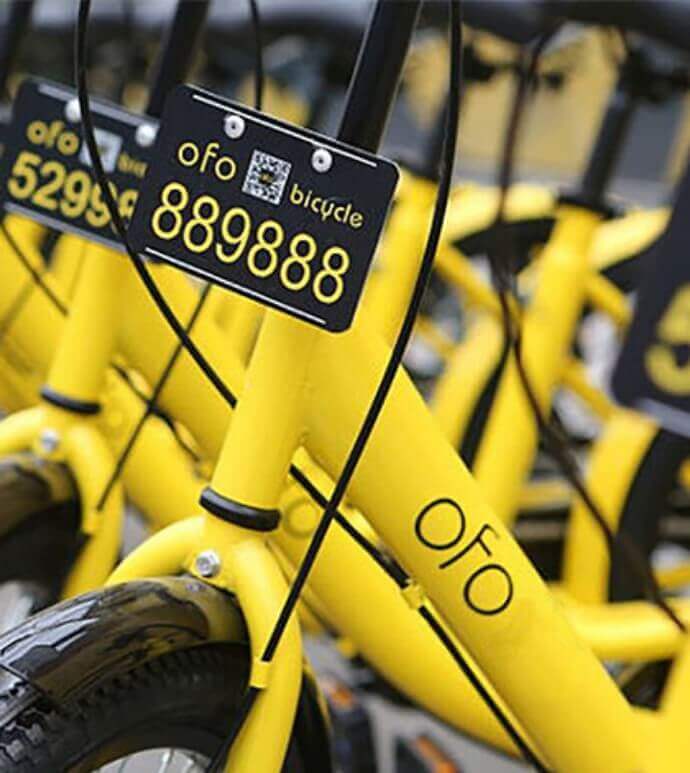
Yes, they add a QR Code on the cycle. This QR Code helps you locate, unlock, and rent the bicycle via your smartphone.
Some of these services include Ofo Bike, Indigo Wheel, Mobycy, Mobike, Lime Bike, and VeoRide.
This is how it works:
a. You install the bike rental app on your smartphone
b. Launch it and locate a bicycle nearby
c. Go to the bike and scan the QR Code on its number plate or back fender
d. Unlock the bike. Use it. And leave it at an appropriate docking station
Similarly, one can also use QR Codes to make bikes and cars easily available for the passengers. This is how QR Codes also make transportation via bikes easier.
These are some ways QR Codes are being used to make transportation better. From making ticketing easier and boarding faster to ensuring passenger safety, they are doing a lot. Hence, we can safely say that QR Codes are making transportation better and efficient in many places.
[cta1 caption=”Create a QR Code for your use case now” content=”Generate a visually-appealing and dynamic QR Code.” buttontext=”Create QR Code now” destination=”https://scanova.io/design-qr-code-generator.html?utm_source=yt_sd_qr-codes-in-transportation_bod&utm_medium=blog&utm_campaign=content#/chooseqr/” image=”https://scanova.io/blog/wp-content/uploads/2016/12/qrcode-8.png”]Do you have a use case or example where QR Codes are being used in transportation? Let us know in the comments.
